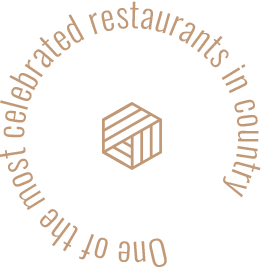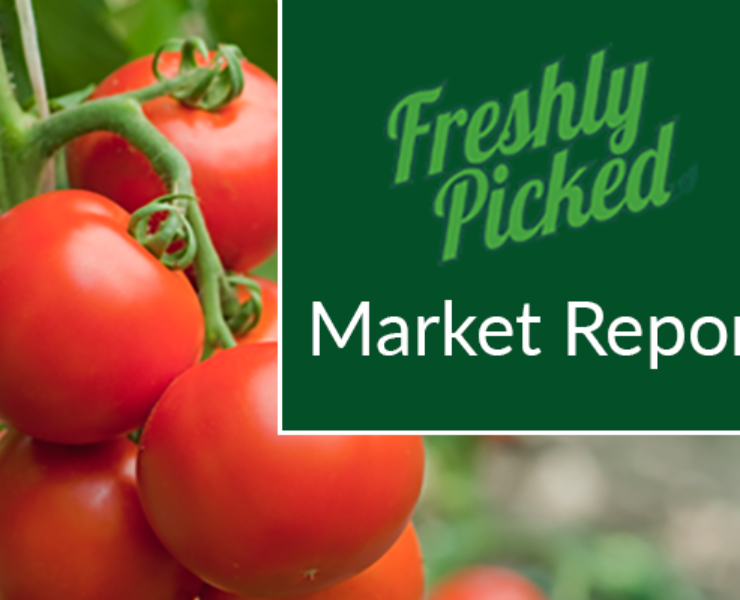










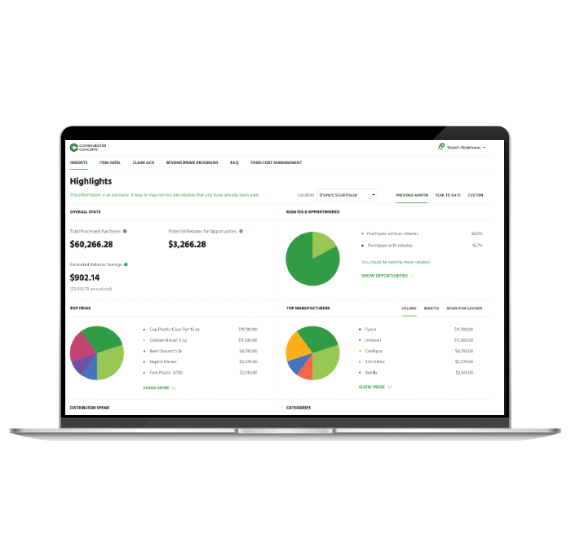
It all Starts with the Data
Consolidated Concepts is a data ingestion machine! Every time a multi-unit restaurant makes a purchase, data is generated. That data is the key that unlocks contract savings, price insights, operational metrics and KPIs, product compliance, and sourcing opportunities.
The data and technology power of Buyers Edge Platform… specialized for multi-unit restaurants
Drive Restaurant Success
Consolidated Concepts uses proprietary technology to analyze purchasing data and recommend supply chain programs that drive real profitability.
Multi-Unit restaurants, emerging chains, and entertainment venues
Our clients are the strongest procurement departments in the restaurant industry. They know that the best path to profitability is to select a partner that delivers massive buying power, hard-won expertise, and insightful data and analytics.
Boost the performance of your purchasing function with Consolidated Concepts’s resources and guidance.


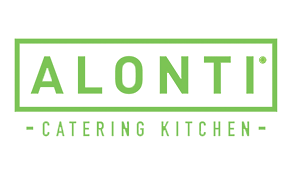
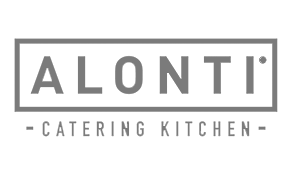
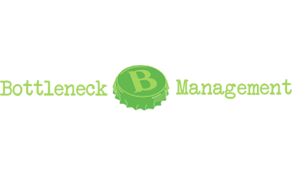
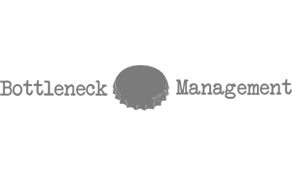
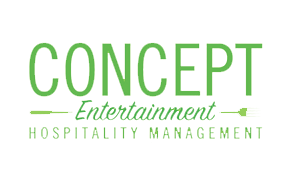

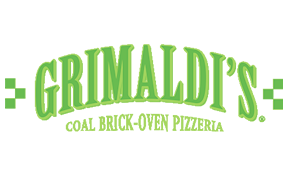
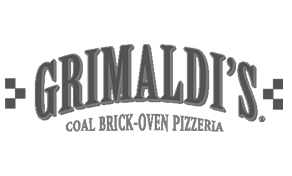
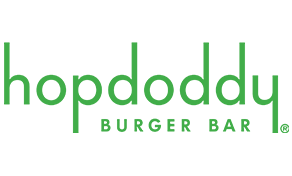
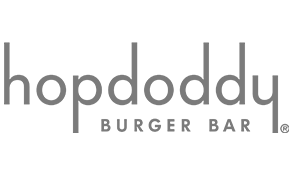


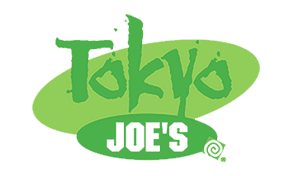
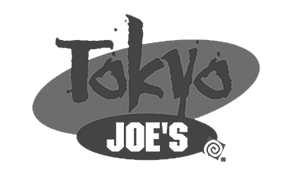
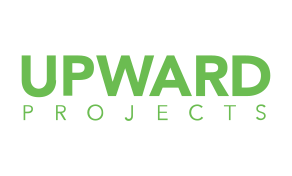
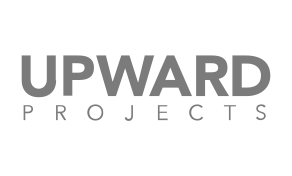
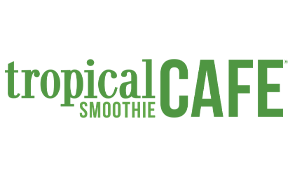
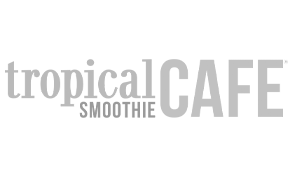
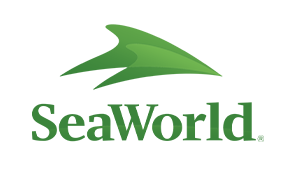

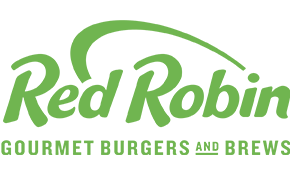
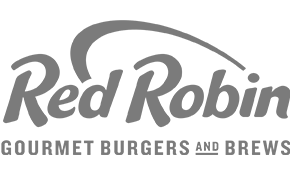

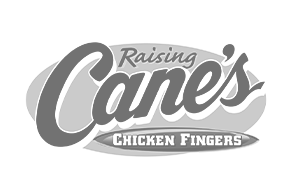
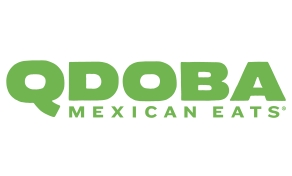

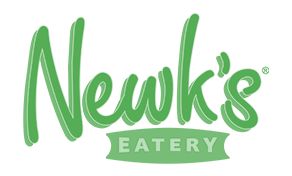
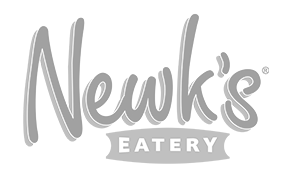
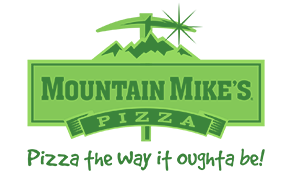
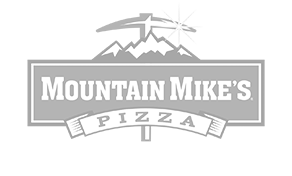
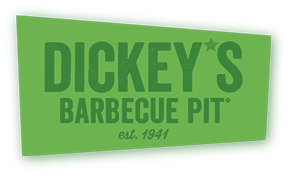
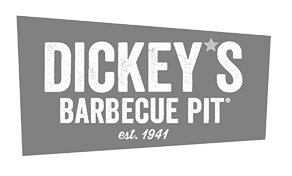
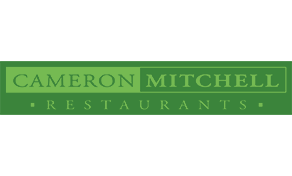
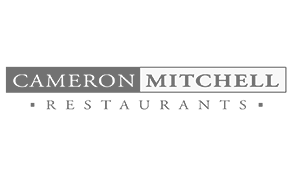


Client Testimonials
“I would highly recommend Consolidated Concepts. I have nothing but positive feedback to say about this company.”
Alexandra Harris
F&B Director, Ike's Love & Sandwiches“You are bringing technology to the forefront to make our lives easier at the restaurant level from top to bottom.”
Nimesh Patel
Director of Operation Services, Boston Pizza USA“I'm really excited about continuing our partnership. It's really going to enhance my purchasing power.”
Denise Herrera
Vice President of Operations, Burton's Grill“Consolidated Concepts is a great help to have an extra pair of eyes come and help ensure that you're getting the pricing that you should be getting.”
James Clark
Director of Food and Beverage, Murphy Adams Restaurant Group“Consolidated Concepts is really helping us to select the right vendors and nail our specs.”
JJ Pledger
Cheif Bean Counter, Twisted Root Burger Company and Truck Yard“Consolidated helps us track down the rebates – resulting in a huge increase in rebate dollars.”
Keith Castro
Vice President of Food and Beverage, Concept Entertainment“It definitely helps to have all the different rebates that we can get directly from Consolidated Concepts versus having to do it all ourselves – and trying to talk to all these companies individually.”
Steve Brooks
Director of Purchasing, Tumbleweed Tex Mex Grill“The staff is great. Our reps have been incredibly easy to work with and quick to respond.”
Jeremy Mattson
Operator, Cameron Mitchell Restaurants
Trust Consolidated Concepts
In order to succeed, multi-unit restaurants must combat rising food and labor costs, supply chain challenges, and distribution disruptions – all while keeping a close watch on food trends, food safety, and culinary quality. Consolidated Concepts elevates the strength and capacity of your teams to drive organizational success.
Clients
Associates
Announcements and Updates
